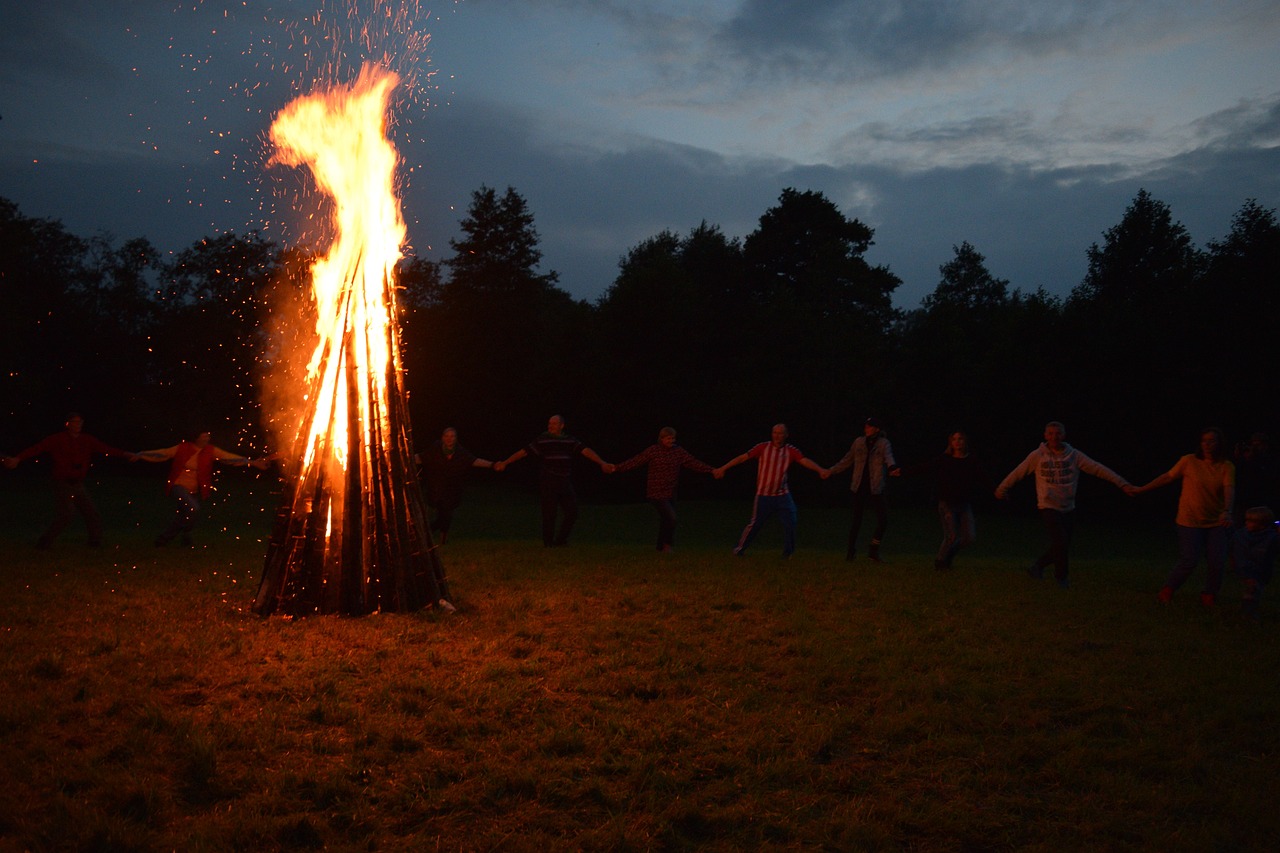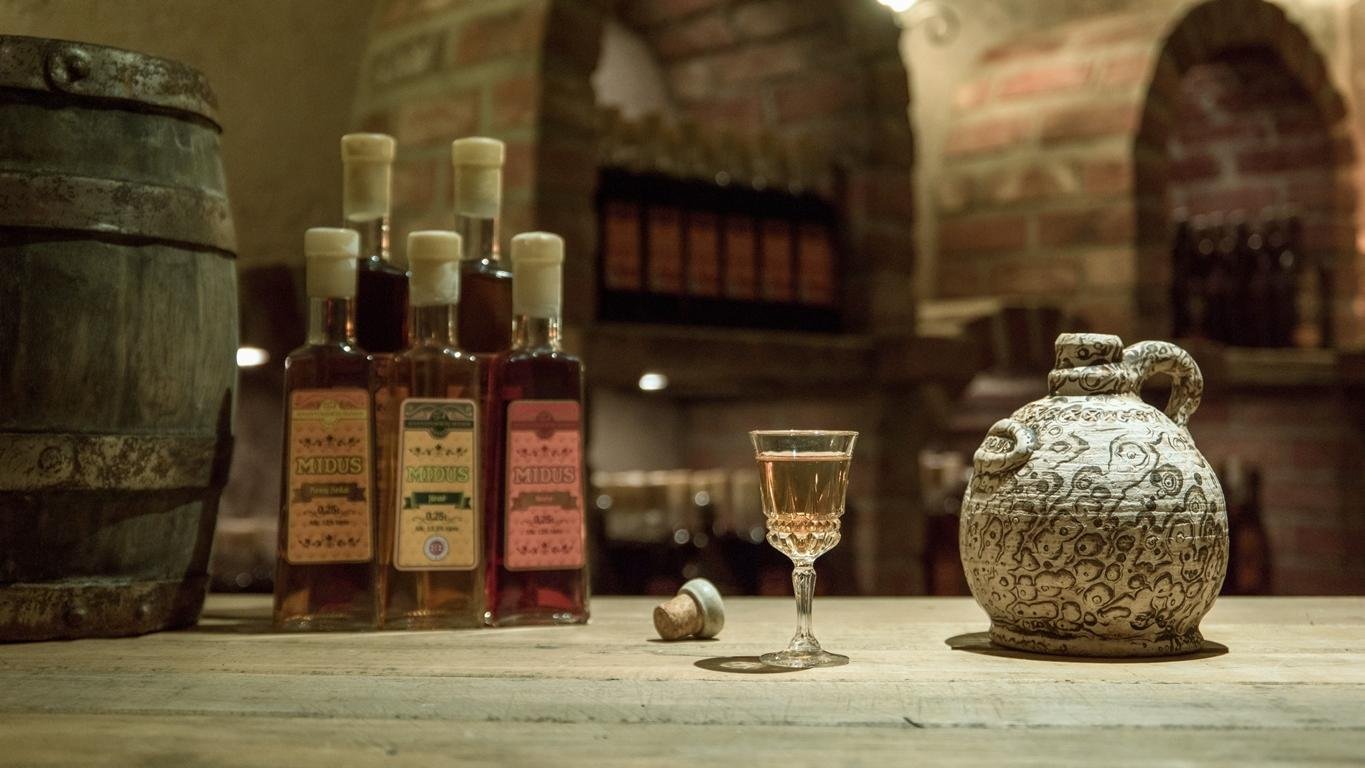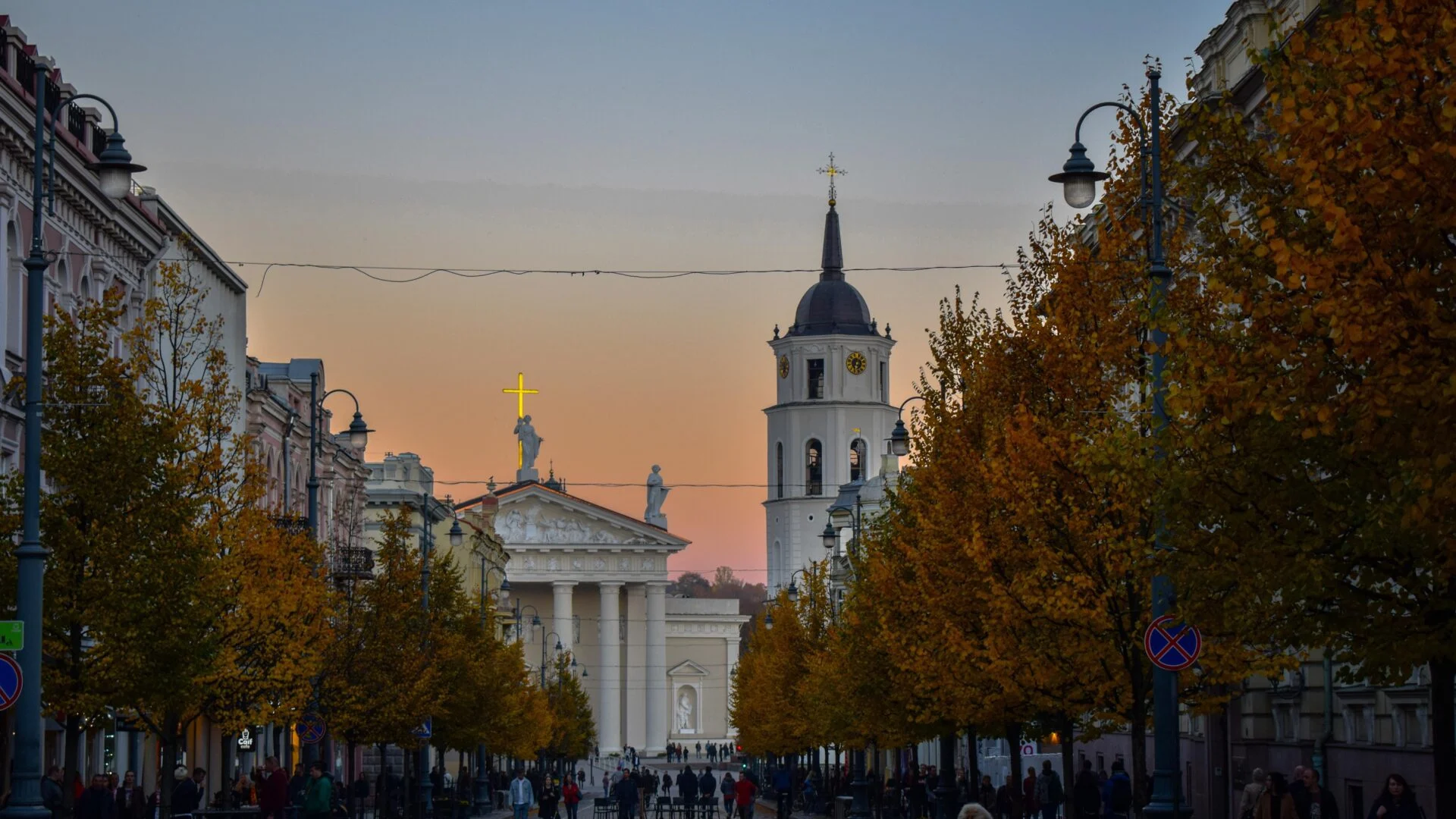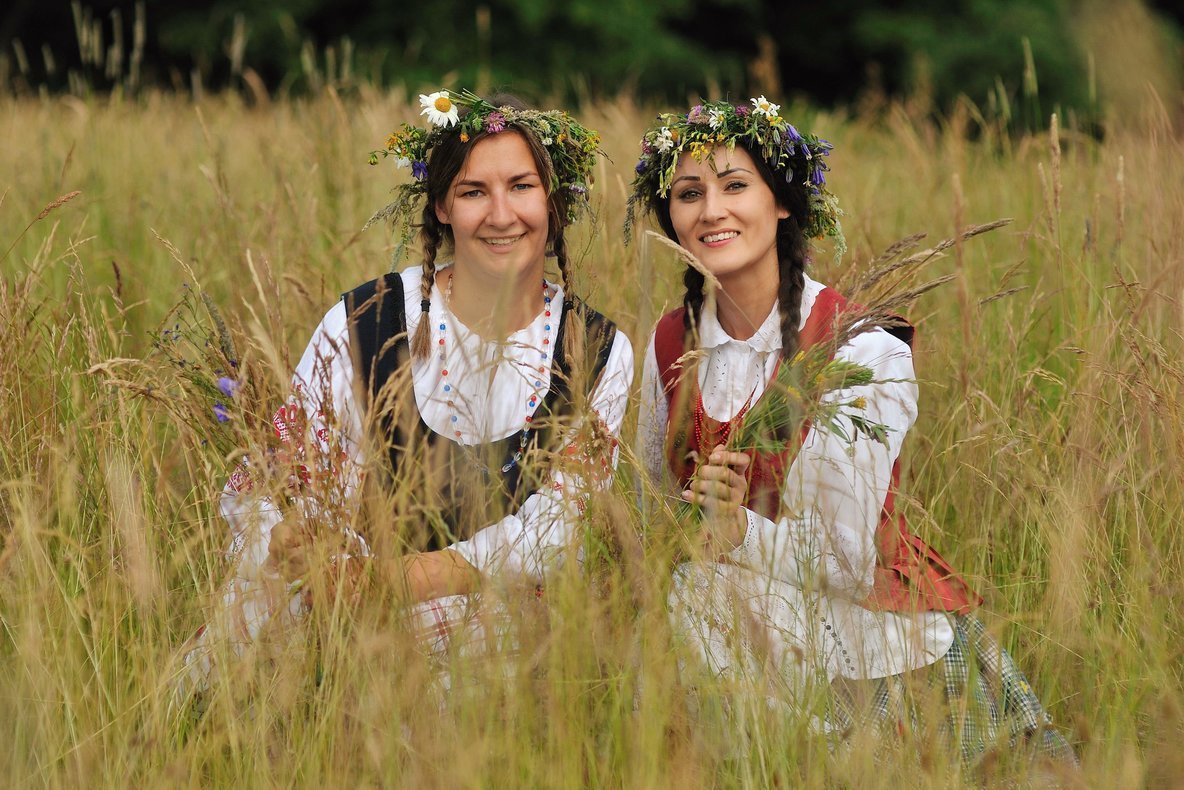Lithuania is a hidden gem in the Baltic region, offering a blend of history, culture, nature, and quirky traditions that set it apart from other European countries. If you’re planning to visit, don’t just limit yourself to the typical tourist attractions. Instead, try out these five unique activities to fully immerse yourself in Lithuania’s charm.
Wander Through the Magical Curonian Spit
One of Lithuania’s most enchanting natural wonders is the Curonian Spit, a thin, curved strip of sand stretching nearly 100 kilometers between Lithuania and Russia. Walking through its pristine dunes, you might feel as if you’ve stepped into a surreal world of endless sand, pine forests, and tranquil sea breezes.
When I first visited, I remember standing atop a dune with the Baltic Sea on one side and the Curonian Lagoon on the other—it’s a moment that truly makes you appreciate how special this place is. If you’re lucky, you might even spot wild deer or the famous grey herons that call this area home.
A pro tip: rent a bike and cycle along the spit. It’s a quiet, peaceful experience that lets you soak in the scenery at your own pace. Don’t forget to visit the small fishing villages along the way—they feel like something out of a storybook, with their colorful wooden houses and sandy streets.
Explore the Otherworldly Hill of Crosses
The Hill of Crosses near Šiauliai is one of the most spiritual places I’ve ever visited. The hill, covered in thousands—if not millions—of crosses of all shapes and sizes, is an eerie but moving symbol of Lithuania’s resistance and resilience through the centuries. It’s not just a religious site; it’s a testament to the country’s unyielding spirit.
The first time I went, the sight of thousands of crosses standing silently in the wind was breathtaking. Despite the somewhat eerie atmosphere, I couldn’t help but feel a deep sense of peace. It’s a place where many people come to leave a cross or memento in honor of their loved ones, adding their story to the thousands that already exist there.
Don’t rush your visit here. Take your time wandering the paths between the crosses, and you might even come across some unusual finds, like crosses adorned with rosaries or handwritten prayers tucked among the larger monuments.
Step Back in Time at Trakai Island Castle
There’s something magical about visiting a castle, and Lithuania’s Trakai Island Castle is a must-see. This medieval fortress, located on an island in Lake Galvė, looks like something out of a fairytale with its red brick towers reflecting in the still waters of the lake. But beyond its picture-perfect setting, Trakai is full of history and culture.
During my visit, I learned about the Karaim community, a small Turkic ethnic group that has lived in Trakai for centuries. Their unique culture adds an extra layer to the region’s already rich history, and trying traditional Karaim food like “kibinai” (savory pastries filled with lamb or beef) is a must.
If you visit in the summer, I recommend renting a rowboat and paddling around the castle. Not only do you get fantastic views, but it’s a relaxing way to enjoy the scenery and escape the crowds for a bit.
Experience the Quirkiness of the Užupis Republic
Have you ever visited a country within a country? That’s what the Užupis Republic in Vilnius feels like. This bohemian district of the capital declared itself an independent republic in 1997, complete with its own president, constitution, and even an army (albeit a small one). Walking through Užupis, you’ll find whimsical art installations, colorful street murals, and a laid-back, artistic vibe that’s completely different from the rest of the city.
I stumbled into Užupis almost by accident, and it quickly became one of my favorite parts of Vilnius. The “constitution” of Užupis is posted on a wall in multiple languages and includes charming, sometimes philosophical statements like “Everyone has the right to make mistakes” and “Everyone has the right to be happy.”
Don’t miss the Angel of Užupis statue, which symbolizes the creative freedom of the district. And if you’re there on April 1st, Užupis Independence Day, you might even get your passport stamped as you “cross the border” into this quirky republic!
Celebrate Pagan Traditions at the Joninės Festival
Lithuania is one of the last countries in Europe to have converted to Christianity, and remnants of its pagan past can still be seen in festivals like Joninės (Midsummer). This ancient celebration, which takes place on June 23rd, is a time for bonfires, folk songs, and dancing late into the night to mark the summer solstice.
When I attended my first Joninės festival, I was struck by how deeply connected Lithuanians are to their natural surroundings. The festival often takes place in rural areas, by rivers or in forests, where people jump over bonfires (believed to bring good luck), search for magical “fern flowers” in the woods, and make flower crowns.
It’s a fantastic way to experience Lithuania’s deep-rooted pagan traditions and get a sense of the country’s mystical side. If you’re visiting in June, joining a Joninės celebration is a unique cultural experience you won’t want to miss.
Thanks for reading our 5 Unique Things to Do While Visiting Lithuania article.
FAQs
What is the best time of year to visit Lithuania?
The best time to visit Lithuania is during the late spring and summer months (May to September) when the weather is mild, and many outdoor activities and festivals are happening. However, winter can also be beautiful if you enjoy snowy landscapes.
Is Lithuania expensive for tourists?
Lithuania is generally quite affordable compared to Western Europe. Accommodation, food, and transportation are reasonably priced, making it a great destination for budget-conscious travelers.
Can you visit the Curonian Spit year-round?
Yes, the Curonian Spit can be visited year-round. However, summer is the most popular time, as the weather is ideal for exploring the dunes and beaches. Winter offers a quieter experience, with snow-covered landscapes.
How far is the Hill of Crosses from Vilnius?
The Hill of Crosses is located about 200 kilometers from Vilnius, near the city of Šiauliai. It’s a manageable day trip if you’re staying in the capital.
What should I wear to the Joninės Festival?
Comfortable clothing and shoes are a must since you’ll likely be outdoors for much of the festival. Many people wear traditional Lithuanian clothing or flower crowns made from wildflowers.
Can I visit Užupis any day of the year?
Yes, Užupis is a district within Vilnius and can be visited any day of the year. However, if you want to experience the full quirkiness of this “republic,” plan to visit on April 1st, Užupis Independence Day.
Conclusion
Lithuania offers a wealth of unique experiences that go beyond typical sightseeing. From the mystical dunes of the Curonian Spit to the quirky Užupis Republic, every corner of this country is steeped in history, culture, and natural beauty. Whether you’re drawn to its ancient traditions or its bohemian spirit, Lithuania promises to leave a lasting impression on any traveler.





